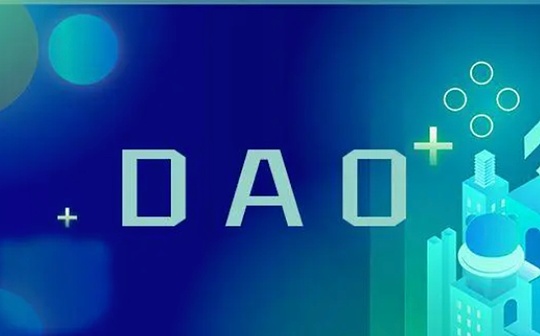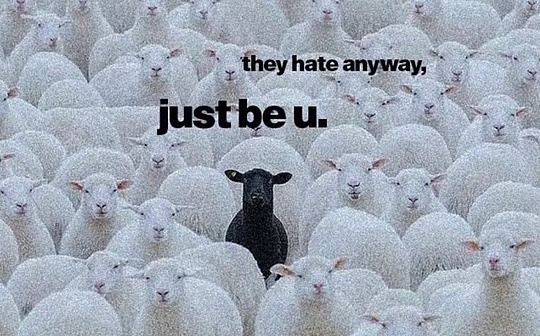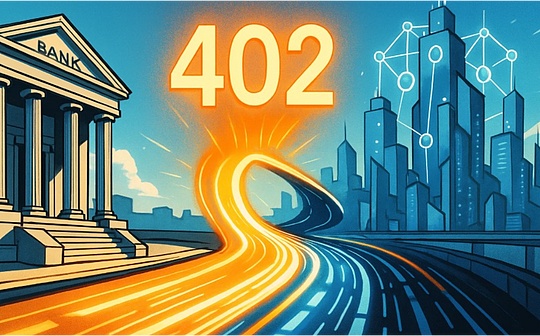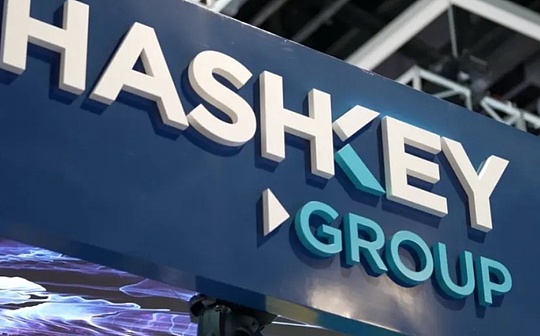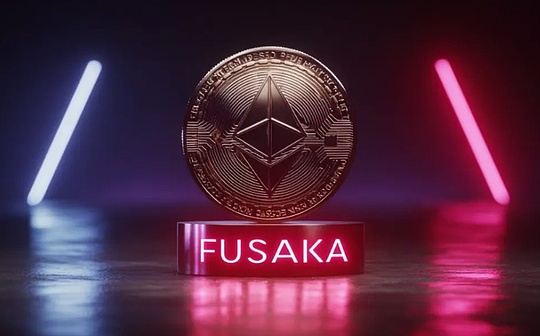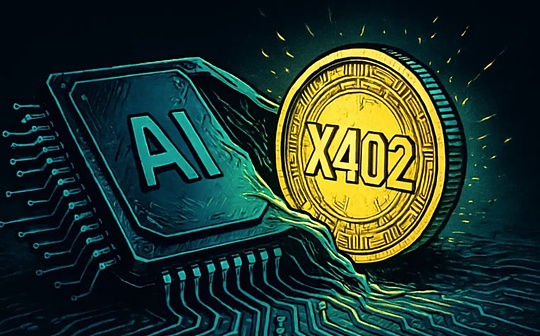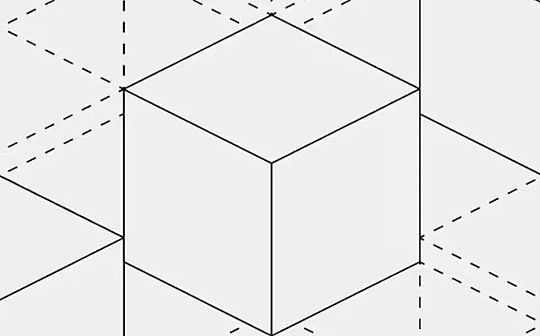
introduce
Deep in the crypto Twittersphere, a community filled with technological optimism is reconstructing on-chain ownership and governance models with an almost religious approach.This concept subverts the long-standing inherent perception that it is difficult for members of native organizations on the chain to obtain substantial control and accountability mechanisms from the projects they invest in.
Based on the theoretical basis of the prediction market governance mechanism, this movement led by MetaDAO builds a new ownership and capital formation structure for fully on-chain entities.This model gives investors rights in terms of economic rights, income distribution and rights protection, and directly addresses the core pain points that have long plagued token investments in decentralized autonomous organizations – those “decentralized” projects that often only exist in name.The decade-long idea of a truly blockchain-native organization may now finally be realized.We call this new asset class “Ownership Tokens”.
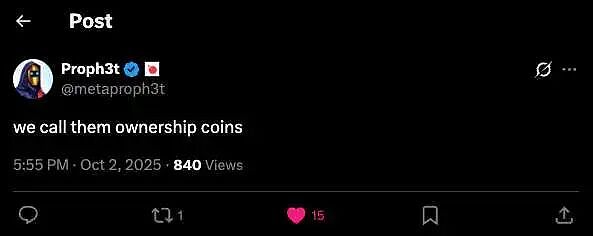
What does a traditional on-chain organization look like?
The core problem facing DAOs today is their fragmented structure.Many blockchain-native organizations combine a token-based on-chain governance layer with independent off-chain legal structures.In order to interact with the real world (such as entering into contracts, hiring employees, managing intellectual property, or holding funds on or off the chain), a traditional legal entity needs to be established, such as a foundation or LLC.This “legal wrapper” typically raises equity financing from venture capital investors to fund the development and operation of the protocol.It remains only loosely connected to the DAO through governance and is completely economically separate from the DAO’s tokens and their holders.
This design created structural cracks.Off-chain entities can be managed by directors and shareholders, follow traditional corporate law, and hold equity and assets in the DAO.Its legal obligation is to act in the best interests of the entity and its shareholders (not token holders).In contrast, on-chain organizations are made up of token holders who have limited power to influence protocol direction and certain aspects of fund management.However, their tokens do not equate to ownership or control of the DAO legal entity, which can act independently of token holders.
Tokens generally do not entitle profits, assets or any other rights to be owned or controlled by a legal entity in any capacity.This separation leaves token holders vulnerable to market risks without access to legal remedies or financial claims against the underlying business; these assets effectively represent risks without actual control or ownership.If an off-chain entity fails, mismanages funds (or absconds with money), or takes actions contrary to the best interests of the community, token holders have little recourse.This is because they have no enforceable rights over the business or its assets, but are subject to the financial consequences.
On the other hand, if the team managing the project builds a successful product that generates significant economic value, there is no guarantee that this success will be reflected in the value of the token (but historically, equity owners have tended to do well in this situation).We’ve seen both of these situations countless times over the yearsoccur.
The result is a split in value between company equity and tokens issued by the DAO, running parallel to each other.Off-chain entities capture economic value like all companies (e.g., through intellectual property, service contracts, and revenue generated by the underlying application), while on-chain tokens accumulate value primarily through in-app utility, governance influence, or direct speculation.As a result, the DAO’s tokens are assigned a different value than the stake of its “legal wrapper.”
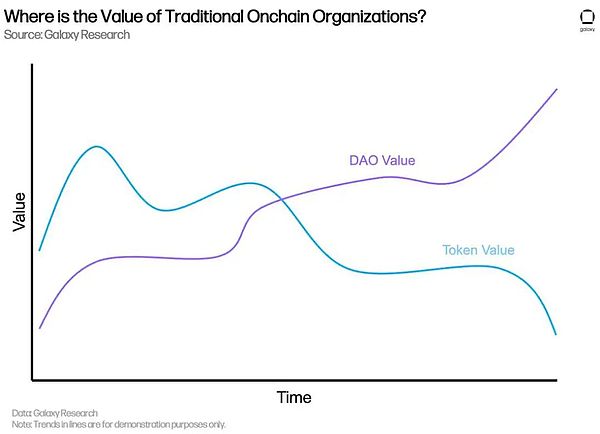
This dual model, where an on-chain community of token holders governs around an off-chain enterprise core, has become the standard implementation for most DAOs.There are significant flaws with this model, most notably that on-chain participation only provides visibility and voice, with ultimate power, ownership and protection mechanisms still anchored in traditional legal structures separate from the token and its holders.
Next-generation on-chain organizations aim to bridge this gap by integrating economic, legal and operational rights directly into a single, natively enforceable system through on-chain issued tokens and governance mechanisms.
Decision-making under the traditional DAO model
Most DAOs adopt a “one-coin-one-vote” governance mechanism, and the number of tokens held by an individual is directly related to their influence on the outcome of governance decisions.Control over the outcome of a proposal is therefore distributed in proportion to token ownership, meaning that the decision-making process can only be decentralized to a degree consistent with the supply distribution of the token.In fact, the voting power of many DAOs is concentrated in the hands of large holders, early insiders, or professional representatives, which results in governance mechanisms that often resemble plutocracy rather than a truly distributed decision-making process.
In addition to token concentration, social influence will also exacerbate the centralization of the “one-coin-one-vote” model.A small group of high-profile individuals, including founders, contributors, or key representatives, often influence outcomes by building narratives, influencing sentiment, and even deciding which decisions get voted on.Some token holders will defer to these individuals or simply delegate their votes to others, allowing reputation networks and social hierarchies to drive decisions.
Additionally, DAOs are also vulnerable to vote-buying and short-term governance attacks because governance tokens are fungible and can be easily acquired through multiple channels (such as exchange, lending, and leasing on the market).Participants can accumulate voting power around key proposals and then withdraw immediately, undermining the legitimacy of the process.Recently in the Arbitrum DAO voteAppearIn this situation, the hostile party can obtain votes at low cost and substantially affect the voting results; there are many such cases in history [1] [2].
At a deeper level, these governance flaws stem from a fundamental disconnect between token power and ownership or control of DAO resources.Governance tokens typically do not give them tangible claims to profits, assets, or fiduciary rights within the relevant off-chain entity.Because the value of the token is decoupled from the economic performance of the entity, governance decisions, whether remarkable or disruptive, are not directly tied to the value of the token.Token holders who vote for value-creating proposals are not guaranteed that their tokens will capture that value; similarly, voting for destructive decisions does not necessarily negatively impact their position.
This disconnect makes governance participation economically decoupled from outcomes.When decisions have no direct impact on voters, apathy and short-termism naturally ensue.Furthermore, since only token holders have voting rights, there is no structural mechanism to integrate the interests of a wider range of stakeholders or punish decisions that harm long-term value.Without enforceable accountability or economic feedback loops, token holders have no incentive to rigorously evaluate decisions or oversee management.
What is an ownership coin?
Ownership coins represent a fundamental restructuring of on-chain organizational design, aiming to integrate economic, legal and governance rights into an enforceable framework.Unlike traditional governance tokens, which confer influence but not control or accountability, ownership coins embed enforceable membership, decision-making rights, and economic risk directly into the organization’s on-chain structure.
core innovation
Ownership coins aim to solve an important problem for blockchain-native organizations: some traditional DAOs allow token holders to vote on decisions but do not grant the organization any share of the underlying economy, do not control all types of decisions made by the organization, and do not protect the organization from rogue leaders (e.g., the ability to dissolve the DAO and distribute funds proportionally to token holders).The ownership coin model embeds on-chain governance into the legal entity that holds all assets (e.g., funds, intellectual property, contracts, code bases, and infrastructure), where operating agreements legally require designated members to execute decisions approved by an on-chain voting mechanism, establishing enforceable accountability between blockchain governance and real-world execution.
When the on-chain community controls the governance mechanism and the mechanism has exclusive legal authority over the entity, token holders have tighter control over everything within the entity’s purview, thereby providing legal basis for the protection of their collective rights and interests.Ownership is therefore expressed through control and execution rather than passive holdings; legally speaking, tokens do not constitute equity in the entity, but they have enforceable controls that determine its behavior and value distribution.
Working principle
The architecture consists of three parts and is a collaboration between MetaDAO and MetaLexEstablish.First, a Limited Liability Company (LLC) owns all assets and legally recognizes only on-chain governance as its decision-making authority.Second, the futarchic mechanism (MetaDAO’s on-chain governance platform on the Solana blockchain) makes all binding decisions on these assets and all strategic, operational and capital allocation choices of the organization through market pricing.Third, members have a legal obligation to execute these on-chain decisions in the real world, thus bridging the gap between code and law.The entities used are passedMIDAOThe DAO LLC was established to enable ownership token enterprises to embed governance smart contracts into their operating protocols under a framework of recognized algorithmic governance.
The result is: the community controls the futarchic mechanism → the futarchic mechanism controls the LLC → the LLC owns all assets and executes all business decisions.As a result, token holders effectively control the organization’s balance sheet and strategic direction.This is enforceable control over a real entity, including its economic status, decisions, and future, enforced by law and smart contracts (i.e. DAO resources are managed by on-chain smart accounts with spending parameters set), rather than symbolic governance.

An example of an ownership coin operating agreement may behereturn up.
Separation of legal and market powers
In this system, member rights are not equity, but legal roles bound to on-chain governance.Each member owns a single, undivided, non-transferable membership interest that is not subject to sale, transfer or inheritance.Members do not own shares in the organization and do not have any automatic financial rights.Rather, they have a legal obligation to implement the outcomes of the future monarchy’s machinery.
Since every spend or distribution requires explicit futures market approval, and funds owned by the DAO are held in on-chain smart accounts, no one can extract value unilaterally or off-chain.All capital flows and decisions are made transparently through smart contracts.The framework separates legal enforcement powers (members who implement decisions) from economic and decision-making powers (futures market controlled by token holders).The result is a governance system that is more resistant to plutocracy, since markets determine direction, laws enforce outcomes, and members are purely executors of the community’s will.While the legal framework provides enforceable accountability as a key underpinning, the system is designed to operate primarily through transparent smart contracts and aligned economic incentives.This should make legal recourse a last resort, rather than conventional enforcement mechanisms.
Consistent pay
Compensation follows the same rule logic as governance.Team incentives and member compensation are determined by the futures market and paid programmatically through smart contracts, rather than at the discretion of management.Performance-linked tokens are unlocked only when predefined metrics (such as token price or company value) or market conditions indicate that there is real value creation, ensuring rewards track measurable results rather than tenure or internal perks.Because all spending and compensation proposals must be approved through the same on-chain mechanism that governs all other decisions, compensation becomes transparent, enforceable, and financially aligned with community performance.
economic integration
Traditional DAOs often attempt to simulate ownership through fee conversion (sharing fees with token holders) and token buybacks, mechanisms that simulate economic coordination and control but do not establish substantial ownership or accountability.These workarounds rely on off-chain discretion and consume financial resources, resulting in token values that are only loosely tied to the actual economic performance of the organization, while depleting capital that could be used for more productive purposes such as growth or acquisitions.In contrast, ownership tokens base the token value on direct, enforceable control of an organization’s actual assets.All company assets are designed to be fully managed by futuristic mechanisms.Therefore, the governance decisions of the community directly determine how value is created (or destroyed), distributed, and preserved, which in turn determines how much of the growing or shrinking value is tied to the token.In this context, governance control and economics become inextricably linked.
In a traditional DAO, the token value and DAO equity value fluctuate independently.Ownership tokens bridge this gap.While the legal ownership of the assets remains with the LLC, token holders actually have ownership as they manage the entity’s behavior, direct its capital, and shape its value flow through the futures mechanism.This integration realigns the value stream, linking company performance and token prices into one actionable system.Therefore, the value of the DAO and the value of the token should be combined into one.
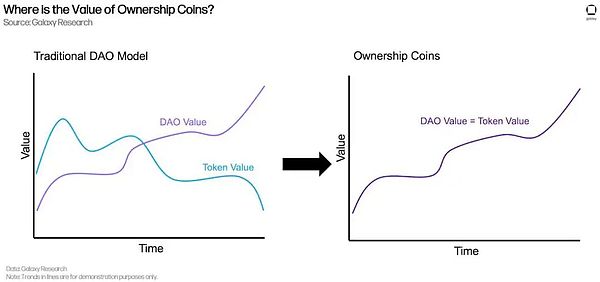
Summarize
Ownership tokens promise to transform DAOs into legally anchored, economically coherent digital companies where code, capital and law will operate as a single system.Token holders do not gain effective ownership through legal ownership, but through enforced control over a real entity that owns the real asset.Decisions made by token holders on-chain will be legally binding.

